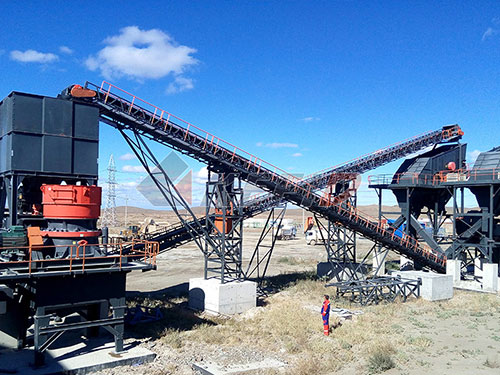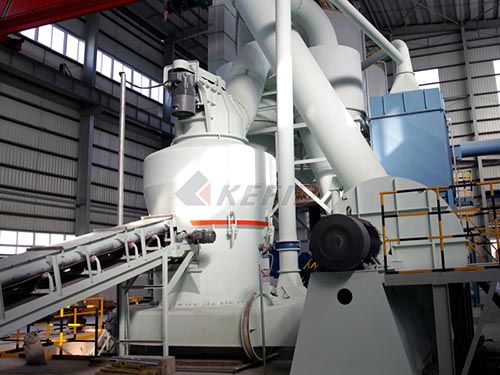Decoding the Giants: A Technical Deep Dive into Black (Blake) vs. Dodge Type Jaw Crushers
Within the robust world of mineral processing and aggregate production, jaw crushers stand as indispensable workhorses for primary size reduction tasks. Among the foundational designs that shaped this critical machinery are two historically significant types often referred to as Black (more accurately Blake) and Dodge crushers. While both utilize compressive force between a fixed and a moving jaw plate to fracture rock or ore, their fundamental kinematic differences lead to distinct operational characteristics, performance profiles, and ideal applications.
Unraveling Terminology: Black vs. Blake

It’s crucial first to address nomenclature confusion colloquially found on job sites or older texts:
Blake Crusher: This is the technically correct name for what is sometimes called a “Black” crusher (likely stemming from pronunciation drift). Patented by Eli Whitney Blake in 1858 in the USA.
Dodge Crusher: Patented by Philetus W. Dodge around 1880 in the USA.
Henceforth, we will use Blake for accuracy when discussing what might be termed “Black.”
Core Distinction: The Fulcrum Point & Motion Path
The defining difference between these two classic designs lies solely in the position of the pivot point (fulcrum) of the movable jaw relative to its top and bottom edges:

1. Blake Type Jaw Crusher (The Workhorse):
Fulcrum Position: Located at or near the top of the movable jaw.
Movable Jaw Motion: This configuration results in an elliptical motion path at both ends of the jaw.
At its top, near the feed opening where material enters (“gape”), it moves through a relatively small arc – primarily swinging back and forth horizontally with slight vertical movement.
At its bottom, near where crushed material discharges (“discharge setting”), it moves through a much larger arc involving significant vertical travel relative to its horizontal travel.
Implication: The motion at the discharge end is predominantly vertical relative to gravity compared to its horizontal component at that point.
2. Dodge Type Jaw Crusher (The Niche Player):
Fulcrum Position: Located at or near the bottom of the movable jaw.
Movable Jaw Motion: This inversion fundamentally changes how forces act on material within

Leave a Reply